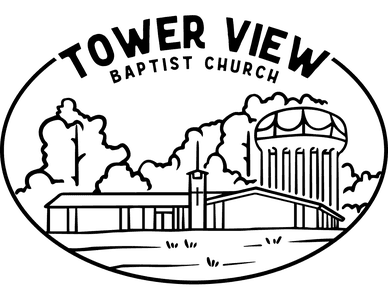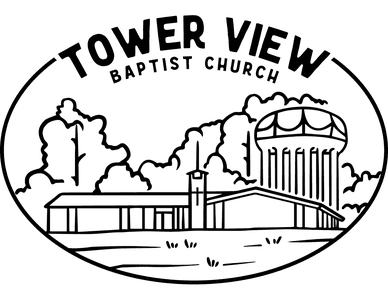Numerous Christmas traditions lack a biblical basis upon closer inspection--and one such tradition relates to the location of our Lord's birth. So, let's dive into that and then let's look at Matthew 2 and Luke 2 and the age of Jesus.
Where Was Jesus Really Born?
Luke 2:6-7 describes Joseph and Mary in Bethlehem, where "the time came for her to give birth." The common portrayal suggests they were turned away by an non-compassionate inn-keeper, leading to their stay in a barn or stable.
However, the text doesn't mention an inn-keeper, and recent studies suggest the word translated as "inn" refers to a "place to stay," likely a guest room in a typical home. Similar Greek terminology is used in Luke 22:11, referring to the "upper room."
Most scholars now believe that Joseph and Mary stayed in Joseph's family home in Bethlehem, possibly in a cramped guest room unsuitable for childbirth. This challenges the idea of Jesus being born in a stable or barn, as nativity scenes often depict.
Luke emphasizes not a lack of hospitality.... but the limited space for a newborn and helpers. The problem wasn't being turned away into the night. Instead, the available space, possibly the guest room attached to a relative's house, was too small. They placed the newborn Jesus in a nearby feeding trough--or, more well-known, a manger.
Luke 2:6 says they were already in Bethlehem when the birth occurred, suggesting they arrived earlier. Even if their initial residence was a barn or cave, they likely moved to more suitable living space.
The significance of our Lord's birth lies in "the Word becoming flesh and dwelling among us" (John 1:14). The exact birthplace matters little.
How Do Matthew 2 & Luke 2 Work Together?
People often wonder how the visit of the wise men in Matthew 2 fits with the story in Luke 2. In Matthew, the wise men come to Jerusalem seeking the "king of the Jews" (Matt. 2:2). Herod sends them to Bethlehem, where they find baby Jesus in a "house" (Matt. 2:11) and leave without telling Herod.
Some argue these events happened two years after Luke 2, pointing to different words used for Jesus' age. However, these terms are often used interchangeably in the Bible (Luke 1:59, 66, 76; 2:17, 27; John 16:21; Heb. 11:23). They also note that in Matthew, the wise men visit a "house," not a stable. Yet, it makes sense for Mary and Joseph to move to a house when available.
Regarding Herod's decree to kill children under two, some see it as a precaution to ensure Jesus' capture. The timeline suggests the star appeared to the wise men about two years before they reached Jerusalem (Matt. 2:7).
In short, events in Matthew 2 and Luke 2 could align within months. Traditional nativity scenes may not be entirely accurate - as the wise men might have visited Jesus after the family moved into a house.


